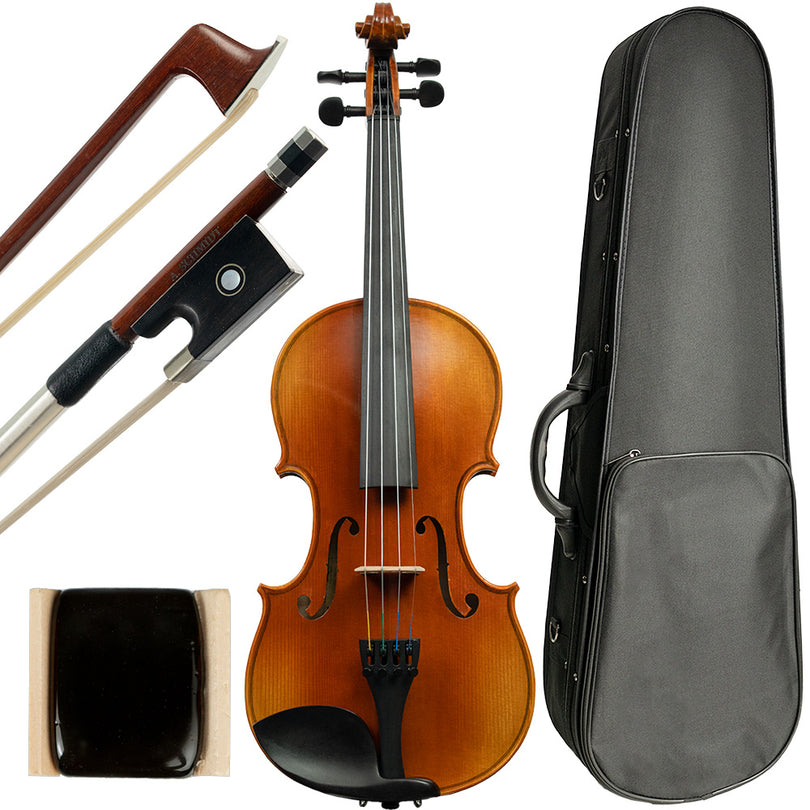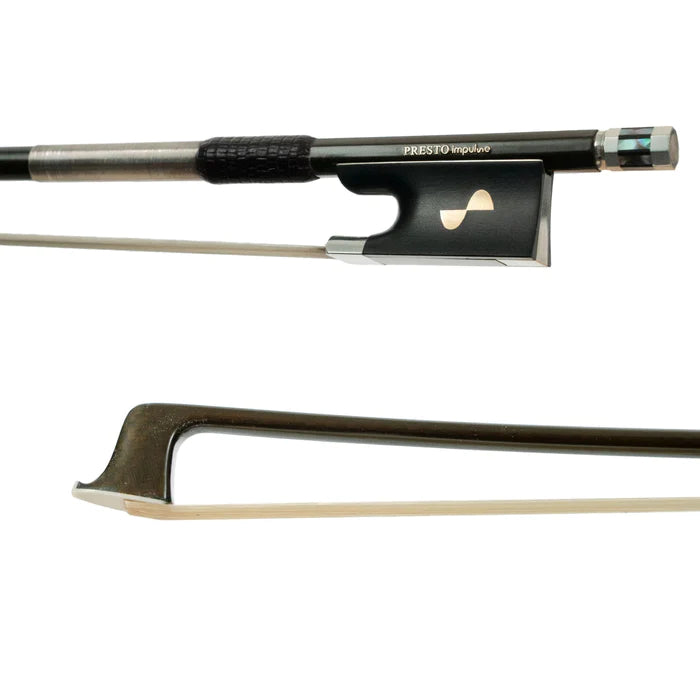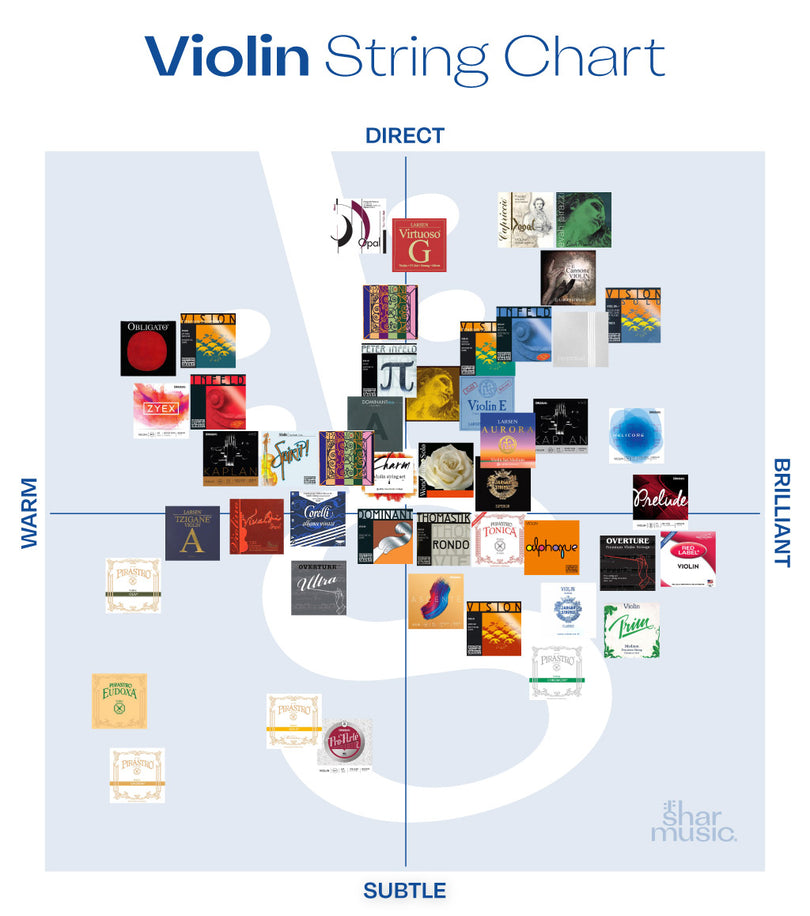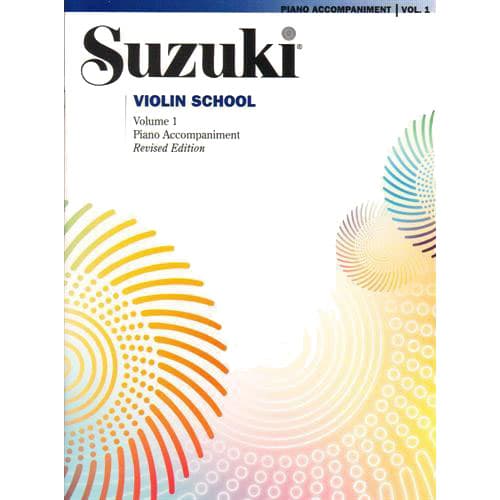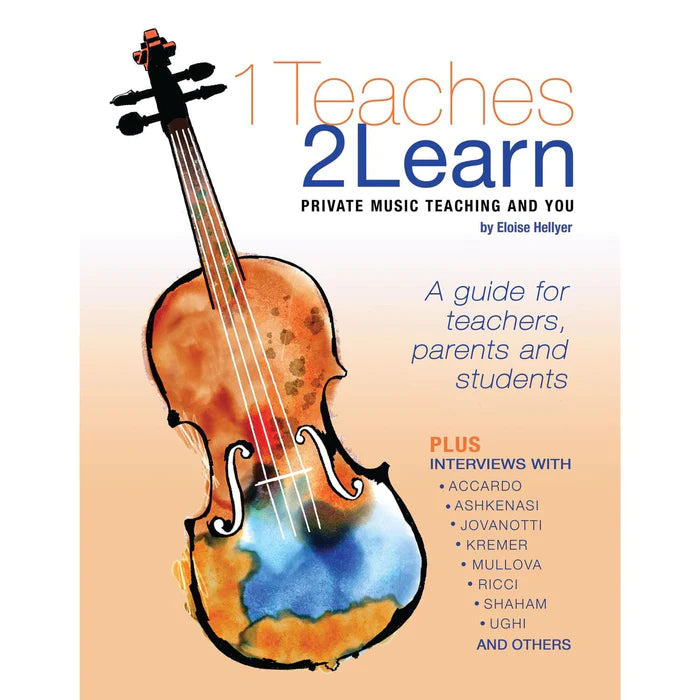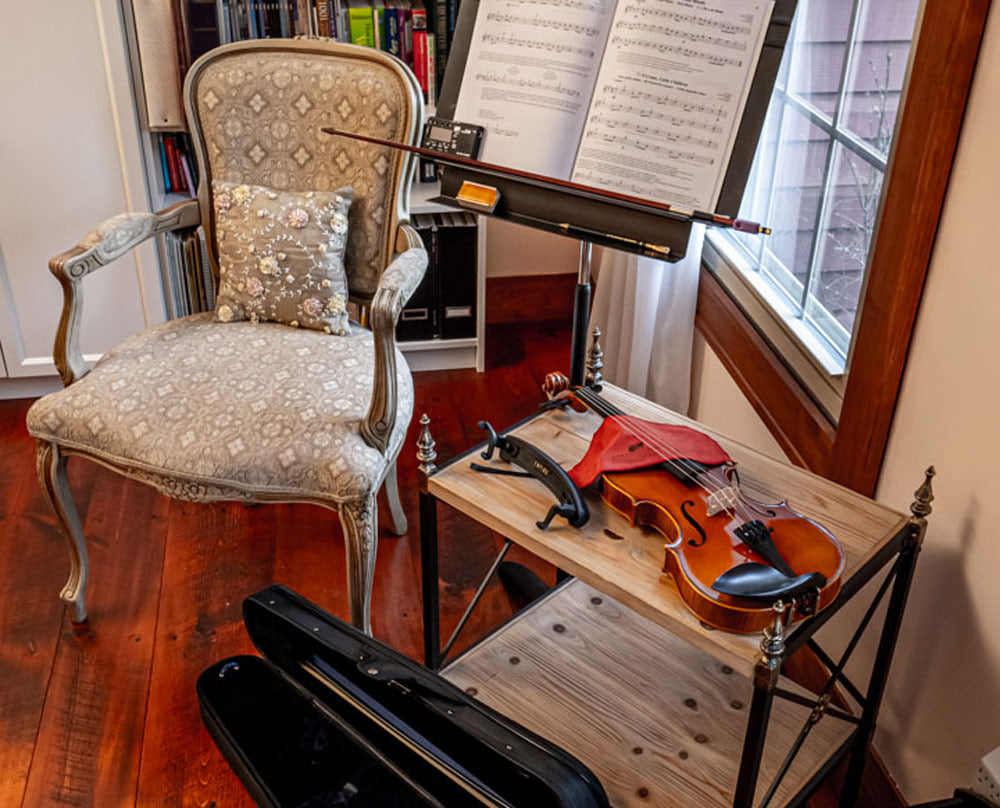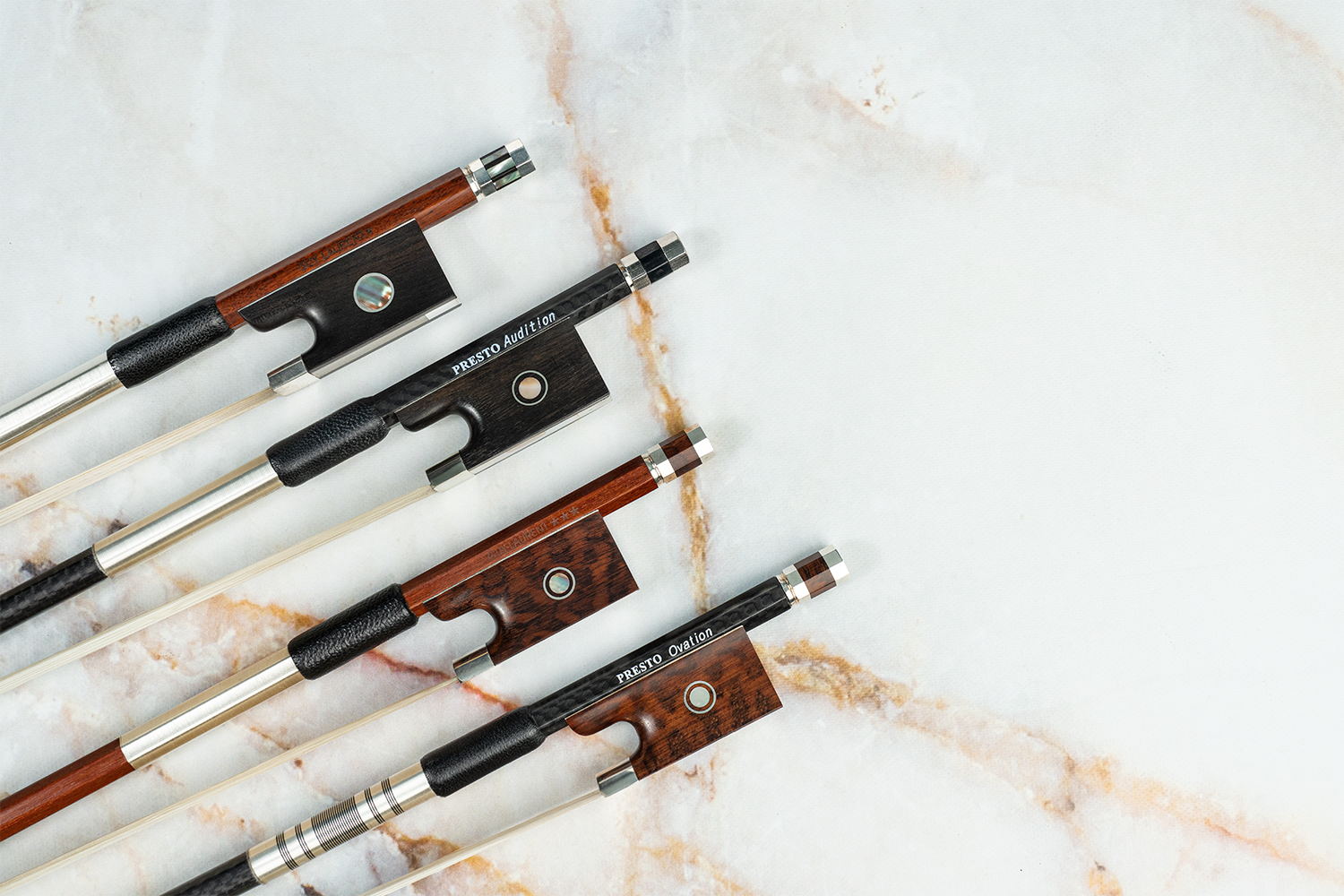This is our first piece dedicated to Hispanic Heritage Month 2023. Check out our Hispanic Heritage Month Collection for sheet music, rosin, and instruments made by Hispanic creators!
1943: Panamá. You are a Puerto Rican soldier stationed at the canal to both defend and supply American warships with the tools to fight a two-front, global war against a fascist regime. You are making a living wage for the first time in your life, and your money is sent back home to support your family. You cannot sleep without the sound of coquí frogs. You miss the smell of dinner cooking in the fogón and the laughter of your friends as they smile behind their drinks. You miss your island. There is a hole in your heart without it. This is how Puerto Rican composer Noel Estrada Suárez was inspired to create his internationally successful composition, “En Mi Viejo San Juan.”
The 1940s was a difficult time for many in Puerto Rico, as World War Two gripped the globe in fear. Poverty was rampant on the island, which forced many Puerto Ricans to either leave for work in the mainland United States, flee to Hawaii to establish coffee farms there, or, in the case of many poorer families, enlist in the US Army. Since Puerto Ricans are American citizens, this marked the first moment many young men and women would be able to join a military and be paid for their service. Prior to the war, the island (and her distant cousin, Cuba) were hotspots for American Armed Forces and tourists alike looking for a way to take advantage of Puerto Rico’s culture and perpetual sun and surf. Music was a large part of cultural exchange, and Noel Estrada Suárez was practically destined to be a musician.
Born in Isabela, a town in the Northwestern part of the island, Estrada Suárez certainly grew up in a musical household: his grandparents were musicians and teachers. His grandmother was a renowned piano teacher and his grandfather was a practicing musician who made a living as a schoolteacher. From an early age, Estrada Suárez took piano and guitar lessons, though disliked how the instruments were taught to him, and decided to learn how to play guitar “by ear” rather than by sight reading.
He received his bachelor’s degree in business administration from the University of Puerto Rico but could not shake a love of performance; by 1940 Estrada Suárez sang and performed guitar songs on several radio programs and formed a duo with singer/pianist Laura Elena Dávila. By 1941, he had written his first song, "El Amor del Jíbaro," at the age of twenty-three. He primarily composed in the Puerto Rican folk music and the Bolero genre, both of which include very traditionally Spanish and Latin American influences in their sound and are decidedly acoustic. He also wanted to preserve what he referred to as “criollo y terrenal” (or Creole and “earthy”) aspects of Puerto Rican music. Essentially, the music of Puerto Rico is an amalgamation of different cultures, a melting pot of sounds, technique, and musicality.
After the United States entered World War Two in 1943, Estrada Suárez joined the Army, where he served for several years until the end of the war. His younger brother Eloy, stationed in Panamá, would often write to him asking to write a song for him as a source of comfort. He felt lonely, unable to communicate with many American soldiers, and struck with a profound homesickness. Estrada Suárez was determined to encapsulate the beauty of his homeland in a song as a result. At the beginning of his recording, he tells the story, claiming that he wanted to write a song for “all of the lonely Puerto Ricans … for all the sad Puerto Rican soldiers in their battlefield camps who miss their parents, their wives, their children … and the next day, I remembered my Old San Juan, and the notes of the melody were in my heart.”
The ballad was so universally received that soon after it was recorded, it became a sensation not just on the island, but internationally. “En Mi Viejo San Juan” sparked a conversation about Puerto Rico as a nation and what the inhabitants of the island felt after going through decades of war since the turn of the 20th century. Puerto Ricans who were displaced from their homelands in the mainland US, Hawaii, and Europe suddenly found a voice that could speak for them. As a popular Spanish-language song, “En Mi Viejo San Juan” also found a place for celebration in places like Mexico, Venezuela, and Cuba, where singers and songwriters wrote their own interpretations of the song or sang it to celebrate the simple feeling of longing for a return home.
Noel Estrada Suárez found his song featured in over fifty Spanish-language films, performed and translated into English, French, German, and Japanese, as well as adapted for orchestral performances. Salsa, instrumental, tango, and even disco versions of the song exist, all with their own degrees of popularity and meaning for each generation that heard them. To date, “En Mi Viejo San Juan” remains one of the most influential songs ever composed by a Latino artist, so much so that it has been the anthem of Puerto Rico’s capital since 1971.
Have you heard the song before? Do you know of any more Puerto Rican artists to spotlight this Hispanic Heritage Month? Leave a comment below!

